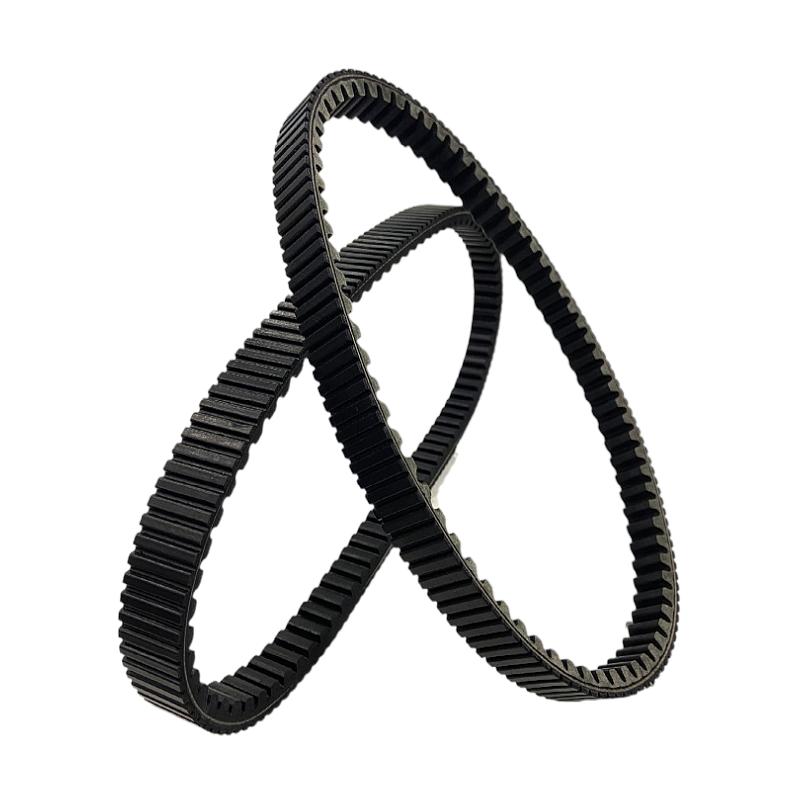- Arabic
- French
- Russian
- Spanish
- Portuguese
- Turkish
- Armenian
- English
- Albanian
- Amharic
- Azerbaijani
- Basque
- Belarusian
- Bengali
- Bosnian
- Bulgarian
- Catalan
- Cebuano
- Corsican
- Croatian
- Czech
- Danish
- Dutch
- Afrikaans
- Esperanto
- Estonian
- Finnish
- Frisian
- Galician
- Georgian
- German
- Greek
- Gujarati
- Haitian Creole
- hausa
- hawaiian
- Hebrew
- Hindi
- Miao
- Hungarian
- Icelandic
- igbo
- Indonesian
- irish
- Italian
- Japanese
- Javanese
- Kannada
- kazakh
- Khmer
- Rwandese
- Korean
- Kurdish
- Kyrgyz
- Lao
- Latin
- Latvian
- Lithuanian
- Luxembourgish
- Macedonian
- Malgashi
- Malay
- Malayalam
- Maltese
- Maori
- Marathi
- Mongolian
- Myanmar
- Nepali
- Norwegian
- Norwegian
- Occitan
- Pashto
- Persian
- Polish
- Punjabi
- Romanian
- Samoan
- Scottish Gaelic
- Serbian
- Sesotho
- Shona
- Sindhi
- Sinhala
- Slovak
- Slovenian
- Somali
- Sundanese
- Swahili
- Swedish
- Tagalog
- Tajik
- Tamil
- Tatar
- Telugu
- Thai
- Turkmen
- Ukrainian
- Urdu
- Uighur
- Uzbek
- Vietnamese
- Welsh
- Bantu
- Yiddish
- Yoruba
- Zulu
Nov . 05, 2024 21:13 Back to list
v belt standard sizes
Understanding V-Belt Standard Sizes
V-belts play a crucial role in the machinery that drives various mechanical systems, ensuring efficient power transmission. They are designed to provide traction between pulleys while accommodating varying loads and speeds. As industries grow and machinery becomes more complex, understanding the standard sizes of V-belts is essential for maintenance, replacements, and optimization of performance.
What are V-Belts?
A V-belt is a looped textile material that fits in the grooves of pulleys. Its name comes from its trapezoidal cross-section, which resembles the letter V. This design allows the belt to grip pulleys tightly, providing a high level of friction while minimizing slippage, thus enabling effective power transmission. V-belts are widely used in various applications, including automotive engines, HVAC systems, and industrial machinery.
Standard Sizes of V-Belts
V-belts come in various standard sizes, categorized mainly by their length and width. The length of a V-belt is typically measured in inches, while the width is designated in a letter code (A, B, C, D, etc.) that corresponds to specific dimensions.
1. Length The length of a V-belt is usually measured using the outside circumference. V-belts are available in different lengths to accommodate various pulley distances. Some common lengths include - A 18 to 96 - B 36 to 110 - C 36 to 200 - D 36 to 120
v belt standard sizes

2. Width and Profile The designation of V-belts indicates their width and height. For example - A 0.38 inches wide - B 0.5 inches wide - C 0.625 inches wide - D 0.875 inches wide
3. Specialty Belts There are also specialty V-belts designed for specific applications, including narrow belts, variable-speed belts, and cogged belts. Cogged belts have notches that improve flexibility and grip, making them suitable for high-performance applications.
Selecting the Right V-Belt
Choosing the proper V-belt size is crucial for maintaining efficiency and safety in machinery. Here are some key factors to consider
- System Specifications Always check the manufacturer's specifications for the equipment you are working with to determine the correct V-belt size. - Pulley Alignment Ensure that pulleys are correctly aligned. Misalignment can cause premature wear or failure of the V-belt. - Environment Consider the working environment, as factors like temperature, moisture, and potential chemical exposure can affect belt performance and longevity. - Load Requirements Understand the power and load requirements of your application, as this will influence the V-belt size and type needed for optimal performance.
Conclusion
In summary, understanding V-belt standard sizes is essential for anyone involved in the maintenance or design of machinery. With proper knowledge of the various dimensions and types of V-belts available, technicians and engineers can ensure efficient operation, reduce downtime, and enhance the overall performance of mechanical systems. Regular inspection and timely replacement of V-belts can significantly prolong equipment life and maintain productivity in any industry. Whether for automotive use or industrial applications, selecting the right V-belt is a key factor in ensuring reliable performance.
-
Korean Auto Parts Timing Belt 24312-37500 For Hyundai/Kia
NewsMar.07,2025
-
7PK2300 90916-T2024 RIBBED BELT POLY V BELT PK BELT
NewsMar.07,2025
-
Chinese Auto Belt Factory 310-2M-22 For BMW/Mercedes-Benz
NewsMar.07,2025
-
Chinese Auto Belt Factory 310-2M-22 For BMW/Mercedes-Benz
NewsMar.07,2025
-
90916-02660 PK Belt 6PK1680 For Toyota
NewsMar.07,2025
-
drive belt serpentine belt
NewsMar.07,2025

